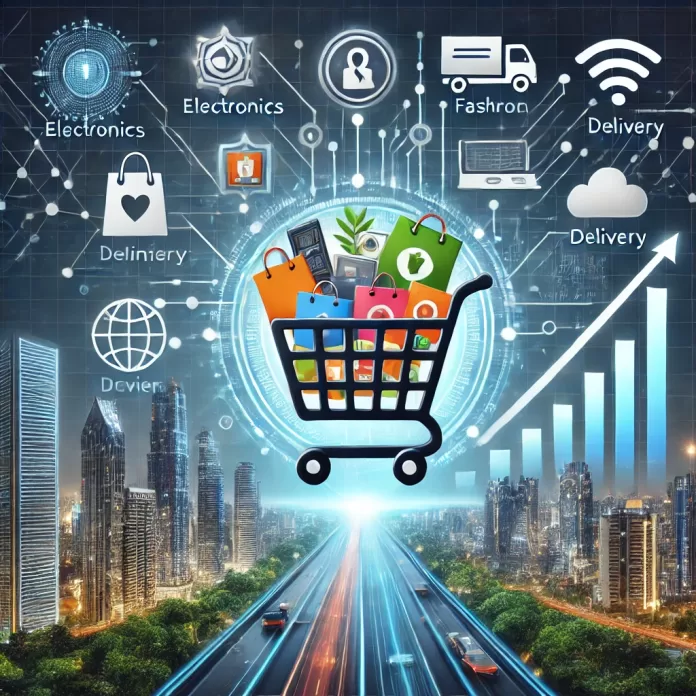India has just passed a major landmark by becoming the second-largest e-retail market in the world, overtaking the United States and now falling behind only China. In 2024, the nation tallied 280 million online consumers, reflecting the fast pace of digital commerce take-up throughout the country. Nonetheless, this astonishing growth has taken a slowdown with yearly growth rates dropping to 10-12%, from the strong 20%+ figures of earlier times.
Factors Leading to the Slowdown
Some economic issues have led to this slowdown:
- Economic Issues: Inflation and low wage growth have caused decreased consumer consumption, especially in cities.
- Consumption Patterns: Between 2017 and 2019, Indian consumption expanded at an 11% rate annually. After the pandemic, between 2022 and 2024, this growth rate dropped to 8%, impacting sectors like fast-moving consumer goods and food ordering.
Emerging Trends in E-Retail
In spite of the slowdown, some trends suggest a dynamic and evolving e-retail ecosystem:
- Hyper-Value Commerce: Sites with ultra-low-cost products have attracted considerable attention, increasing from 5% of the e-retail industry in 2021 to more than 12% in 2024.
- Quick Commerce Services: Brands such as Blinkit, Zepto, and Swiggy Instamart have picked up huge market shares in cities by operating speedy delivery services, meeting customers’ growing need for convenience.
Future Outlook
In the future, the Indian e-commerce market is likely to grow to $170–$190 billion by 2030 at an annual growth rate of more than 18%. The major drivers of this increase are:
- Category Growth: Grocery, apparel, and general merchandise will make up two-thirds of the e-retail market by 2030 from their current share of 55%.
- Geographical Penetration: 60% of new internet buyers since 2020 have come from tier-2 cities and lower cities, which reflects widening of the e-retail consumer base beyond cities.
India’s e-retail market has short-term issues, but long-term outlook is strong. The interplay between technology advancement, changing consumer behavior, and increasing market penetration sets up India for continued growth in the digital commerce landscape.














